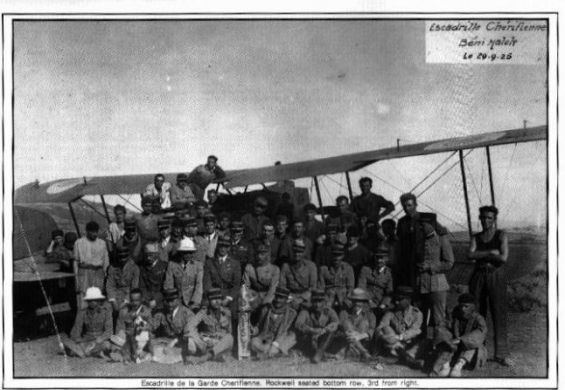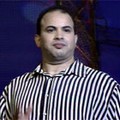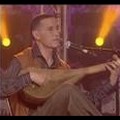In the middle of the Rif war, an armed conflict fought between Spain and the tribes of the Rif, the city of Chefchaouen was targeted by Americans. In an attempt to weaken Rifian political and military leader Mohamed ben Abd el-Krim El-Khattabi, the Spanish forces, joined by the French, decided to rely on a foreign squadron, which volunteered to bomb the «blue city».
Indeed, American pilots led by adventurer Charles Sweeny offered their help to France and Spain, bombing the small town in September 1925. However, the Chefchaouen’s bombardment had a story to it that was filled with regret.
Months before the bombing, Abd el-Krim did a «fatal error», Charly Roberts and Charles P. Hess wrote in their book «Charles Sweeny, the Man who Inspired Hemingway» (McFarland, Sep 8, 2017). In fact, the two historians recall that in April 1925, El-Khattabi attacked the French military positions, trying to make southern tribes join his army through an alliance against colonial powers.
American pilots and the Rif War
El-Khattabi’s move, however, had a countereffect, pushing the French to join forces with Spain against Rifian tribes. «It was at this point in the Rif War that Sweeny (…) proposed to the French Prime Minister, Paul Painleve, to raise a squadron of American pilots to support France’s war effort in Morocco», Roberts and Hess said.
Sweeny’s offer was a way of avoiding boredom, recalled history platform Code and Dagger, which indicated that the American pilot was mainly looking for a fight that would keep him busy after the end of World War I.
Fortunately for Sweeny, the French accepted his plan and Paul Painleve «warmly welcomed the Colonel’s request», the same book recalled, quoting records in the French Army Historical Center at Vincennes.
In June 1925, Sweeny started his new adventure, sending a telegram to American veterans who fought in the First World War. Sweeny’s telegram was received by Paul Ayres Rockwell, who served with him in the French Foreign Legion.
«Propose reforming Lafayette Escadrille, service Morocco. Have half dozen old members already lined up, would like you join», wrote Sweeny to his compatriot, who agreed to be part of the squadron.
«By July, Sweeny had assembled 17 volunteers, including 12 pilots, and they made their way to Morocco», Roberts and Hess wrote. But Sweeny’s squadron was not appreciated by the US government.
Violating the U.S. neutrality laws
The US Department of States urged its consul in Morocco to «advise the Americans they risked losing their U.S. citizenship and being imprisoned and fined if they continued to do battle against a people with whom the United States had no quarrel», the same book reported.
But these warnings did not stop Sweeny from honoring his promises and bombing Chefchaouen. To the American veteran, France was «fighting the cause of the white man’s civilization, and all who have formed this squadron know enough of the world to appreciate what the white man’s civilization means», Code and Dagger wrote.
In Roberts and Hess’ book, Rockwell made mention of the reasons why Chefchaouen was chosen as a target by the French. «Our objective was Chefchaouen, the holy city of the Djebala tribesmen, a place of some 7,000 inhabitants», Rockwell said.
«It had not been bombarded previously, and because of its prestige and sacredness as a holy shrine, an air attack against it was expected to intimidate the Djebalas and be effective in detaching them from the cause of Abd el-Krim».
Despite all threats, the Lafayette Escadrille, which changed its name to the Escadrille de la Garde Chérifienne, bombed Chefchaouen on September 17th, 1925. The military operation against the small town was immediately regretted by the members of the Escadrille.
«I regretted having to attack a town that always had maintained its independence except for a few years of Spanish occupation», wrote Paul Rockwell. The American veteran had even described the beauty of Chefchaouen at the moment of the bombing : «The city looked lovely from the air, hugging its high mountain and surrounded with many gardens and green cultivations… I looked down upon the numerous sanctuaries, the six mosques, the medieval dungeon, the big square with its fountain playing and fervently hoped none of them had been damaged».
Unfortunately, civilians were the victims of the Chefchaouen bombing, which was highly criticized by media and the US government. The attack was one of the very first bombings of civilians by airplane in history, the same account revealed.
The backlash on the bombing forced France to disband the unit only six months after it started operating. Moreover, reports by the Associated Press revealed that the American veterans, involved in Chafchaouen’s bombing, «violated the U.S. neutrality laws», the same book concluded.





 chargement...
chargement...













